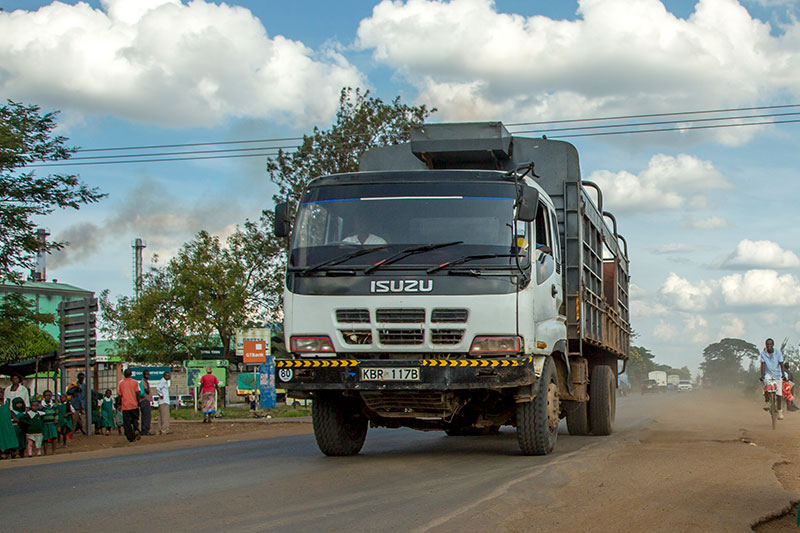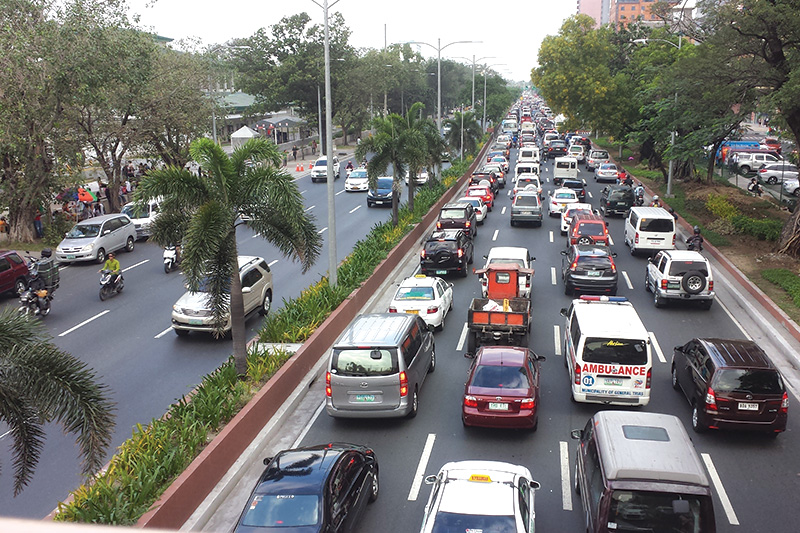GFEI Partner report: First global used heavy-duty vehicles (HDVs) market undertaken by UNEP

A new report by GFEI partner UNEP has analysed the flow and scale of the global used heavy-duty vehicles (HDVs) market in a first-of-its-kind analysis.
The report examines flows of HDVs from three major used HDV exporters – Japan, the European Union (EU) and the Republic of Korea (ROK). It also reviews the regulatory environment for used HDV import in 146 countries, 122 of which are low- and middle-income countries (LMICs). It is the first attempt to quantify and qualify used heavy-duty vehicles globally.
In 2015, 6.3 million new and used HDVs were sold globally, of which 2.9 million, nearly half, were used HDVs. Notably, Japan, the EU and the ROK collectively comprise about 60% of the total new and used HDV export market share. In terms of used HDVs, these three exported about 2.4 million units between 2015 to 2020. A significant share of used HDVs (60%) is traded in high-income or upper-middle-income countries. One-third of the total global used HDVs market is within the EU, with 20% exported to Africa and another 20% to Asia-Pacific.
The report highlights that while HDVs are significantly fewer in number compared to light-duty vehicles (LDVs) in countries across the world, they are a major contributor to air pollution, road accidents, high fuel consumption and climate emissions (such as black carbon, CO2, etc.)
HDV standards (used and new) are often not, the report identifies, prioritised in global, regional, and national strategies for air pollution control, climate mitigation and improved road safety. Only two countries, Sierra Leone and Suriname, have included imported used vehicles in their national strategic climate plans, such as nationally determined contributions (NDCs). Used HDV regulations can take many forms, from age restrictions to fiscal instruments or complete bans.
While used HDVs are generally more polluting than used LDVs, the report notes that regulations on used HDVs are usually less strict than those for used LDVs. Many low- and middle-income countries lack minimum regulations to incentivise the import of cleaner and safer used HDVs, and where regulations exist, enforcement is either lacking or weak. At the same time, no used HDV exporting countries have minimum requirements for exporting quality used HDVs.
The report made a series of recommendations to improve the used HDV market and its impact on road safety, air quality and climate. To promote affordable access to advanced vehicle technologies such as electric buses and trucks in low- and middle-income countries, the report recommends introducing minimum quality standards for used HDVs. Exporting and importing countries share responsibility in regulating and improving the quality of used HDVs to minimise negative impacts and ensure they contribute meaningfully to cleaner, safer, and more affordable mobility and emission reduction. Implementing regional harmonised standards for new and used HDVs needs to be fully executed, with continued support to regions like West and East Africa. Regions without harmonised standards should initiate the process to deter importing obsolete and unsafe HDVs. Policy measures for exporters should include banning the export of end-of-life HDVs and ensuring exported vehicles have valid roadworthiness certificates. Robust implementation, enforcement mechanisms, and public sensitisation campaigns are crucial. Further research is needed to understand the trade's impacts on the environment, economy, and road safety, along with improving data accessibility and quality. Encouraging cleaner bus standards and green freight strategies are also recommended, particularly for developing countries.






